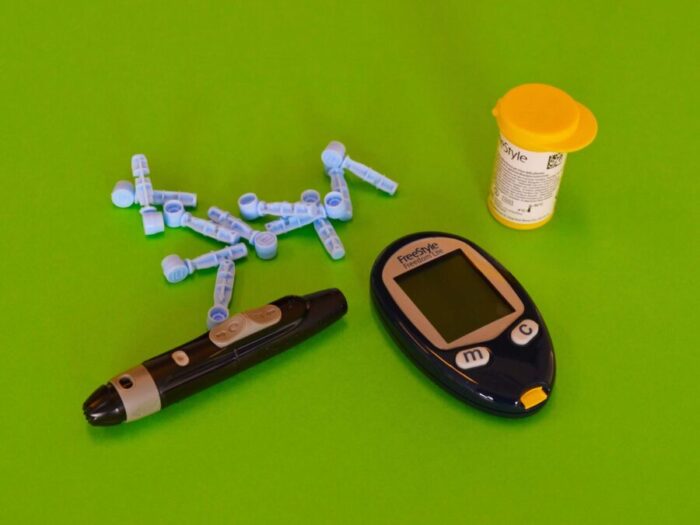
Diabetic Menu Sample: Healthy Eating for a Better Life
When following a Diabetic Menu, there are often no ‘good’ or ‘bad’ foods, only ‘smart’ and ‘unhealthy’ choices. This is because all foods contain some sugar, and not all sugar is bad for people with diabetes. The type and amount of sugar make a food ‘smart’ or ‘unhealthy’.
A smart diabetic diet is high in fibre and low in sugar. Fibre helps regulate blood sugar levels and slow down the uptake of sugar into the bloodstream. Healthy fats and proteins are also essential for helping to balance blood sugar levels.
Like most people, you probably think of diabetes as a disease that can be controlled with medication. However, while the medicine is essential, it’s not the only thing that people with diabetes need to be aware of, and diet is also necessary.
Several different diets are available for people with diabetes, but one of the most effective is a high-fibre, low-sugar diet. This diet can help control blood sugar levels and promote weight loss, which, in turn, can help reduce the risk of complications.
Meal planning is vital in managing diabetes. Consuming the right foods can help you control your blood sugar levels and keep your diabetes under control.
With diabetes becoming increasingly prevalent, it is time for each of us to review our lifestyles and eating habits. However, if you are diagnosed with diabetes, adopting a healthy high-fibre and low-sugar diet plan is your only option for survival. Every doctor provides a diabetic patient with a menu sample to which they expect their patient to adhere faithfully. The only consolation for a diabetic patient is that, with an increase in the number of diabetic patients, a wider variety of food items is now available that are tasty, healthy, and low in sugar and fat.
A diabetes meal plan is not a diet; it is a way of eating that includes a variety of foods in different amounts and proportions. A diabetes meal plan is individualised, so it’s essential to consult with a dietitian and create a plan tailored to your needs.
Here are a few tips for success with a diabetes meal plan:
– Plan ahead: Make sure to have the appropriate food and supplies on hand
– Be consistent: Stick to the plan as much as possible
– Be flexible
The diabetic menu sample above shows that a diabetic meal contains a variety of fresh fruits, vegetables, proteins, and milk products, and is low in carbohydrates and sugar. A diabetic patient should never skip meals. High-calorie snacks should be avoided between meals, and patients should eat only the amount specified in their diet plan. Even though your doctor can provide you with an ideal diabetic menu sample, you may search on the net or look into recipe books for a greater variety of foods and combinations you can practice in your diabetic diet plan.
A typical diabetic menu sample contains no red meat, high-fat foods, wine, beer, or alcoholic beverages. The food items included in the diabetic menu should be prepared by baking or boiling, rather than frying. Sugars, sweets and desserts that are rich in sugar are strictly prohibited. However, desserts prepared with sugar substitutes or brown sugar may be taken in reduced portions. An example of a diabetic menu sample is as follows: a combination of juice, oatmeal, egg, and toast with fat-free margarine for breakfast, a veggie salad, fish, and a cup of fresh fruit for lunch, and roasted chicken, a veggie salad, and a boiled potato for dinner. One may indulge in crackers or low-fat milk for the evening snack.
If you have diabetes, meal planning can help you control your blood sugar levels. A diabetes meal plan can also help you lose weight, lower cholesterol levels, and improve overall health. To get started, consult with your personalised registered dietitian to create a personalised diabetes meal plan tailored to your specific needs.


